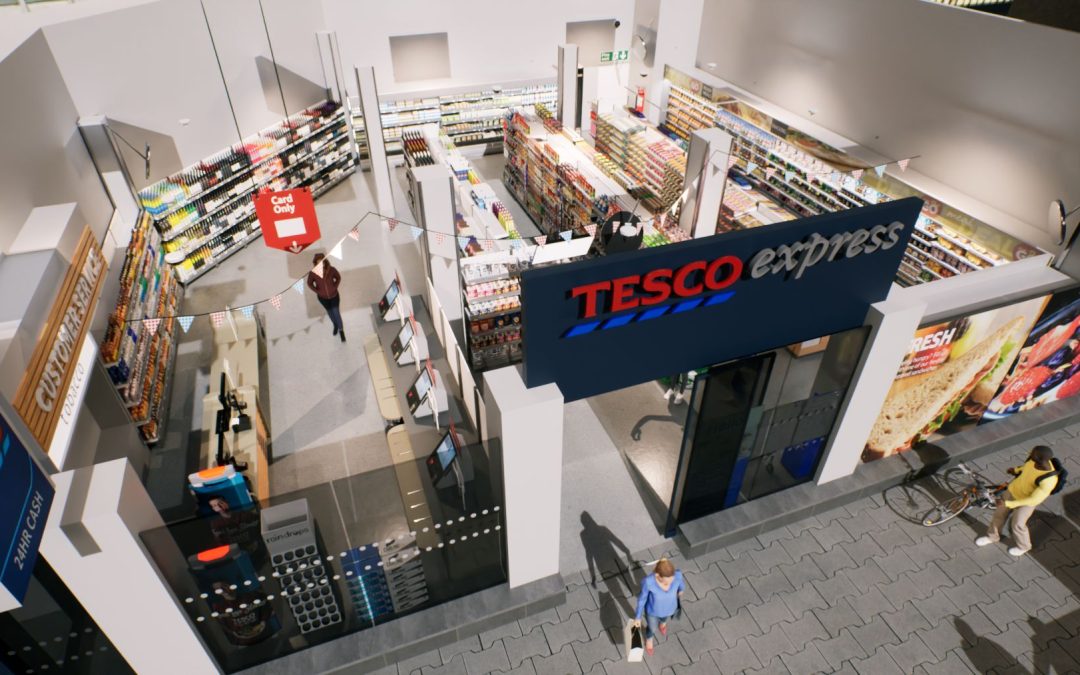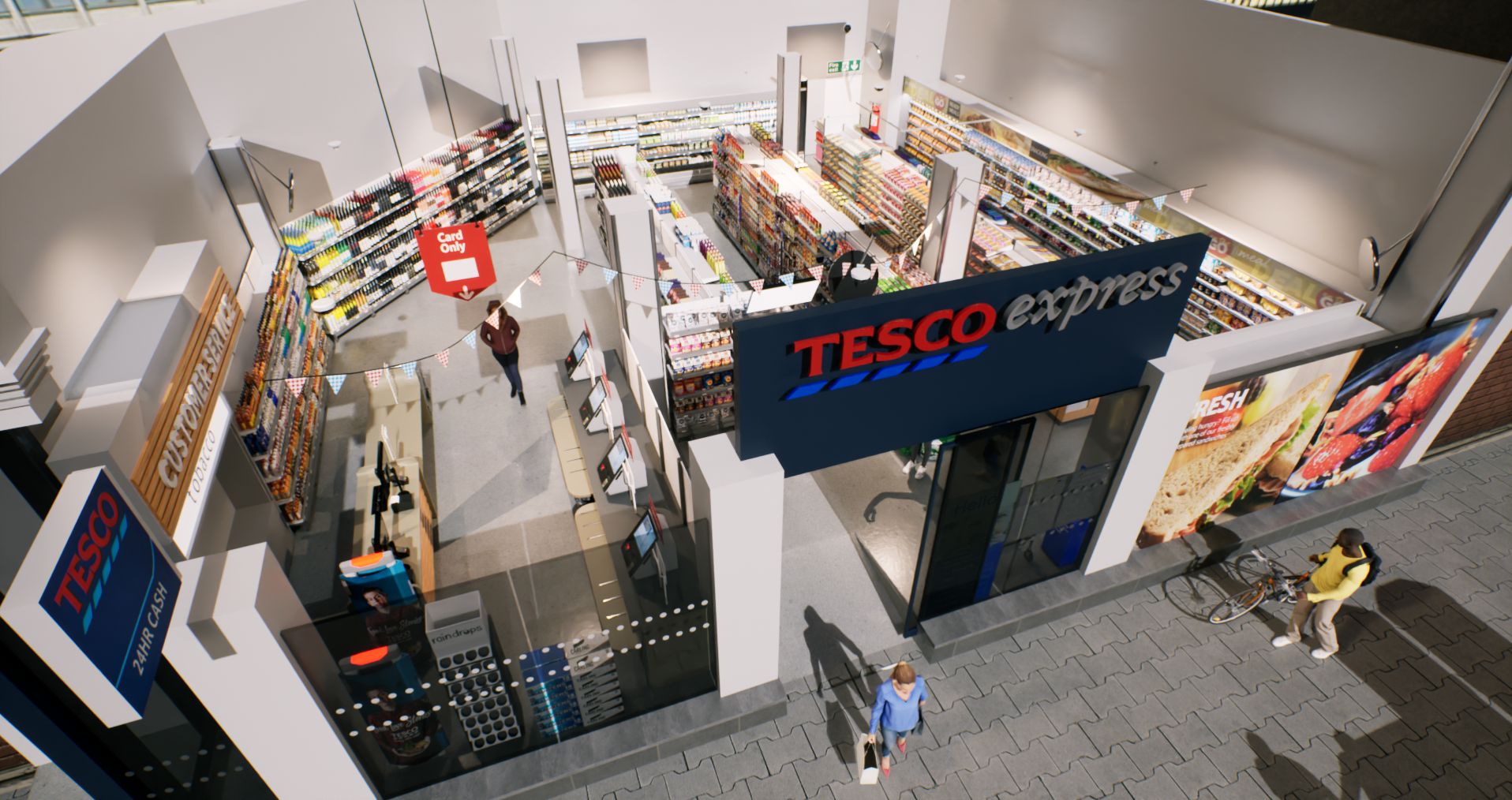Cutting Store Refit Costs with Virtual Walkthroughs
The Cost Challenge of Store Refits
Few decisions in retail carry higher stakes than a store refit. Fixtures, signage, and layouts represent some of the most capital-intensive investments a retailer can make. When designs fail to deliver on expectations, the losses are not limited to the budget line. They affect operations, shopper experience and staff efficiency.
Refits that look good on paper sometimes perform poorly in-store. A display may block sightlines, a layout may reduce flow, or a fixture may take longer to restock than planned. These missteps translate directly into lost revenue and wasted labour.
Retail decision-makers are under growing pressure to justify every dollar of refit spending. With tighter budgets and shorter project cycles, the challenge is to reduce risk before construction begins.
StoreLab Connect addresses this need with a practical, data-driven solution: virtual walkthroughs that allow teams to visualise, test and refine store layouts long before the first fixture is installed.
How VR Walkthroughs Change the Process
StoreLab Connect replaces that limitation with immersive virtual walkthroughs. Retailers can import existing planograms directly into a VR environment and interact with them in real time.
Teams can:
Walk through store layouts from a shopper or staff perspective.
Test sightlines and product adjacencies to identify hidden or cluttered zones.
Move, rotate and adjust fixtures without the need for physical models.
Create multiple versions of designs for side-by-side comparison.
Export visual records for feedback and internal presentation.
By resolving design problems virtually, retailers reduce the cycle of physical prototyping, rework and delayed launches that drive up refit costs.
Better Communication and Collaboration
Large retail refits involve many stakeholders—executives, suppliers, designers and operations staff. Miscommunication between these groups can result in costly last-minute changes. StoreLab Connect includes collaboration tools that improve alignment from the start.
Key features include:
- Storyteller™ video exports. Teams can create high-quality videos of proposed layouts for presentations or board reviews.
- Custom scripted walkthroughs. Guided simulations help explain key design decisions to non-technical stakeholders.
- Shared virtual sessions. Teams can review layouts together, even from different locations, in the same virtual store.
These tools help decision-makers visualise outcomes clearly. Instead of interpreting drawings or technical plans, they can experience the design as if standing in the store.
This level of clarity reduces ambiguity, accelerates approvals and minimises the risk of misunderstandings that lead to expensive rework later in the project.
From Design to Decision: Reducing Refit Risk
Virtual walkthroughs shift refit planning from assumption to validation. Before any physical work begins, teams can test how proposed layouts perform in a simulated retail environment.
Common problems that can be identified early include:
- Blocked sightlines or obstructed promotional zones.
- Overcrowded fixture arrangements that disrupt shopper flow.
- Poor lighting distribution or signage placement.
- Inefficient staff routes between key service points.
By detecting these issues before construction, retailers save on materials, labour and time. Adjustments made in VR cost nothing compared with altering fixtures once installed.
StoreLab Connect also allows teams to record alternative designs and link them to operational KPIs. Over time, this builds a data set of what works and what does not, supporting smarter future refit planning.
The ROI for Retail Decision-Makers
The financial logic behind VR walkthroughs is simple. Every hour saved in planning and every fixture corrected before installation contributes directly to capital efficiency.
Key outcomes include:
- Faster decision-making with visual evidence to support proposals.
- Fewer physical mock-ups and prototype costs.
- Reduced design rework and contractor downtime.
- Improved stakeholder confidence through clearer communication.
- Stronger justification for capital expenditure requests.
Leading retailers are already adopting VR planogramming tools to cut refit costs and shorten approval cycles. What was once a novel technology is fast becoming standard practice across competitive retail chains.
StoreLab Connect brings these capabilities together in a single platform. It turns planograms into living, interactive environments that give decision-makers the insight they need to invest wisely.
A Smarter Way to Plan the Next Store
By moving the decision process upstream—before fixtures are built or layouts finalised—retailers gain full control over outcomes. They can test, compare and perfect their stores virtually, ensuring every investment delivers value from day one.
For retail leaders, this means faster projects, lower risk and stores that perform as intended. For design and operations teams, it means fewer revisions and smoother handovers.
As VR walkthroughs become an essential part of the refit toolkit, the future of retail design will be defined by one principle: measure twice, build once.




